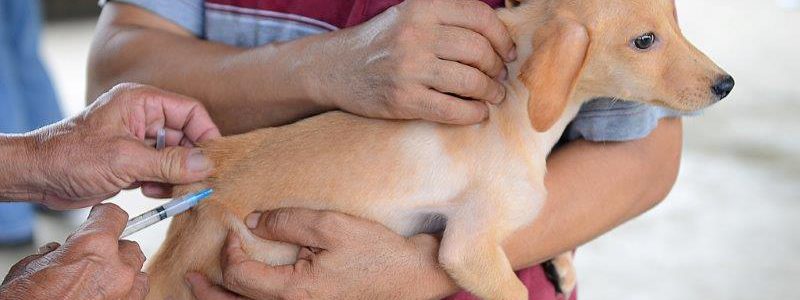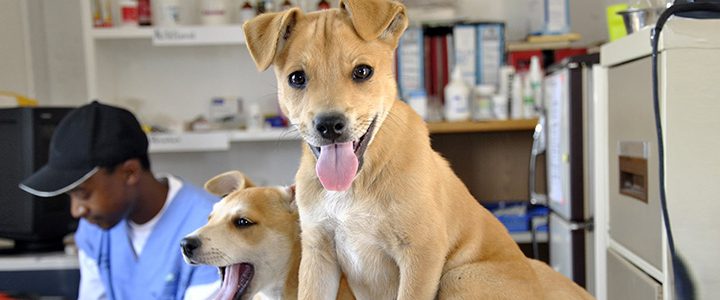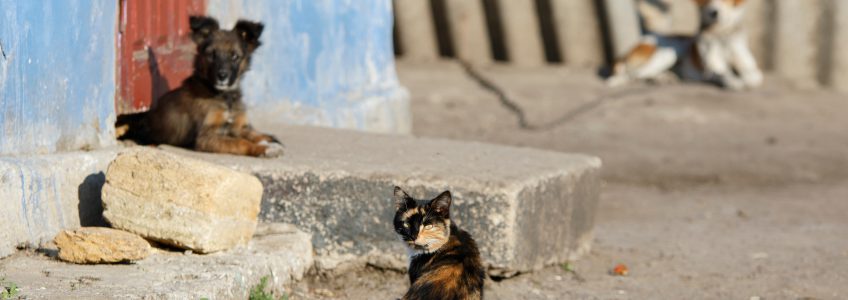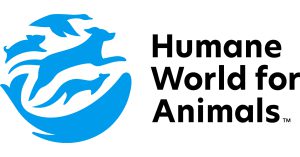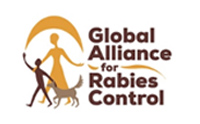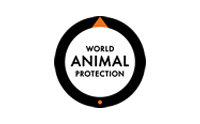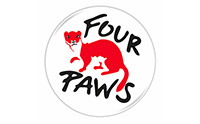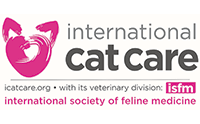Why dog & cat population management belongs in good metropolitan governance
With a key session of the inaugural Dog and Cat Population Management Solutions Lab taking place today, 02 July 2025, we reflect on why humane dog and cat population management belongs at the heart of good metropolitan governance. Launched earlier this year by Metropolis, Battersea, and ICAM, the Solutions Lab is a pioneering partnership that enables city leaders to exchange knowledge and explore proven, real-world policies and models.Read More
Rabies is devastating but preventable: ICAM response to the recent death of a UK tourist to Morocco (June 2025)
On June 18, news broke that Yvonne Ford had died from rabies, contracted through a scratch from a rabies infected puppy. Tragically, rabies is a preventable disease, if you know the risks and act quickly. Its also a virus that can be eliminated through mass vaccination of the dog population to create herd immunity. But Morocco has been culling free-roaming dogs for years instead of vaccinating them. We urge Morocco to change its strategy: it is mass vaccination – not mass culling – that would prevent such a tragedy happening again to visitors and the citizens of Morocco.Read More
Humane Management, Not Mass Sheltering: ICAM’s Response to Türkiye’s New Dog Laws
On 7 May 2025, Türkiye’s Constitutional Court upheld legislation requiring municipalities to capture and shelter free-roaming dogs, but ICAM warns that this shelter-centric approach risks capacity overload, perpetuating street dog reproduction and potentially leading to inhumane culling.Read More
ICAM’s Open Letter Supporting EU Dog and Cat Welfare Legislation
In April 2025 we sent an open letter to Members of the European Parliament expressing ICAM’s support for proposed EU legislation on dog and cat welfare and traceability.Read More
Positive Cities Pledge Launched at World Urban Forum
ICAM launched a Positive Cities Pledge during the World Urban Forum, with pioneering leadership from Bangkok, Cape Town, and Ilfov County, Romania, in humane dog and cat population management.Read More
Cost-benefit analysis in DPM: Call for partnership
Government decision-making regarding investment is influenced by several factors, including its benefit to citizens and the expected short and long-term costs required for achieving that benefit. ICAM and a team at the University of Zurich and University of Bern have been exploring the available literature.Read More
ICAM position on WSAVA guidelines for the control of reproduction in dogs and cats
The WSAVA Reproduction Control Committee’s guidelines on the control of reproduction in dogs and cats has sections where veterinary surgeons can find useful information. However, we see shortcomings in its wider application, in particular for communities where unowned, community and roaming owned animals predominate and surgical sterilisation including removal of gonads has additional benefits.Read More
Why not cull?
This article collates the evidence against the use of culling for dog and cat population control; different articles and arguments will be relevant for different locations and contexts. We hope readers will identify the evidence that is most relevant for their situation and use it to develop their case for the alternative; humane management of dog and cat populations with the aim of a harmonious co-existence between people and dogs/cats. Read More
Open letter to President Erdoğan – Veto proposed changes and keep the current Animal Protection Law
ICAM open letter to President Erdoğan, calling on him to veto the proposed changes and keep the current Animal Protection Law No. 5199. Implementation of the current law has been fragmented and incomplete, and hence ineffectual – but its foundational principals are sound. Reverting to back to permanent sheltering or culling will not solve the problem of free roaming animals. Read More
Sealing the deal for rabies elimination – building on fundamental vaccination with dog population management
Book chapter on the humane management of dog populations and the contribution to rabies elimination, written by ICAM Director Dr Elly Hiby, ICAM Chair Pankaj KC, Professor Katie Hampson of Glasgow University and Dr Eric Brum of the FAO. Read More


